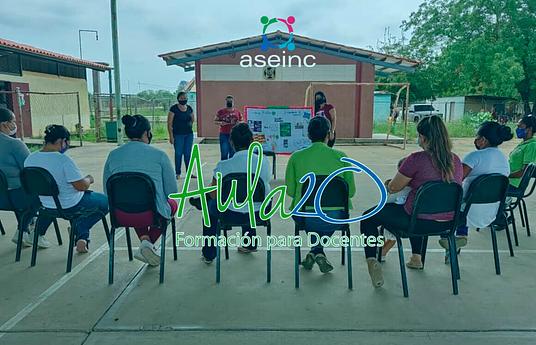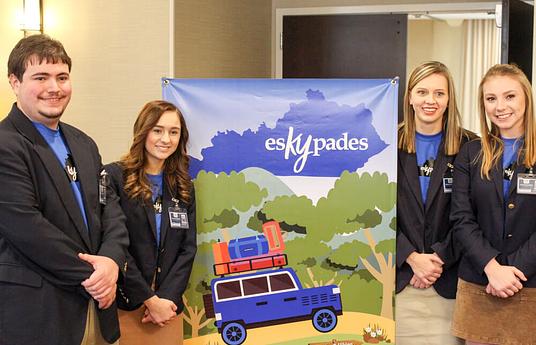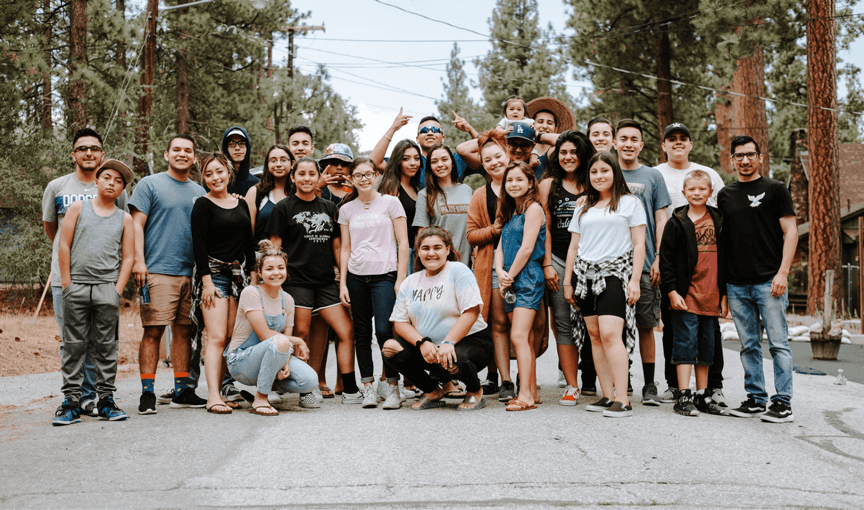According to the World Economic Forum’s 2024 report, India ranks among the lowest in gender parity. Sankalp addresses this through an inclusive education model where students apply business concepts to real-world challenges, enhancing learning while supporting rural women entrepreneurs in building financial security.
Sankalp is a year-long, credit-based course integrated into the MBA curriculum at BMU. In 2023–24, 180 students were organized into teams of 8–10, each paired with a rural woman entrepreneur. Students supported them through phases of research, business planning, implementation, and evaluation. The program culminated in 18 successful projects across sectors like cosmetology, tailoring, food production, handicrafts, and cosmetics. Each team co-developed business plans, streamlined supply chains, created branding, and expanded sales channels. Students helped design logos, launch social media pages, access e-commerce platforms, and secure financial linkages. For 2024–25, the program has scaled significantly: 240 students are now collaborating with 30 rural women entrepreneurs—deepening local impact and reinforcing Sankalp’s vision of inclusive, real-world learning through partnership and purpose.
By equipping rural women with skills, resources, and mentorship, Sankalp fosters not just individual growth but community transformation. The businesses nurtured through the program stimulate local economies and elevate women’s roles in society, helping reduce gender disparities.
What began with 18 women in 2023 has grown to 30 in 2024—nearly doubling in under two years. This organic growth is driven by word of mouth and visible impact. Many women now proactively request Sankalp student teams as start-up partners, reflecting deep trust in the program’s value.
The collaboration among students, NGOs, and communities has evolved into a vibrant ecosystem for knowledge sharing, resource mobilization, and inclusive development.
Sankalp’s innovative model has the potential to expand nationally and globally, making it a positive example of how education and social entrepreneurship can drive inclusive, sustainable development, especially in emerging economies. The model is ready, the networks need to be built and immersion in real world projects is a dynamic process that snowballs year on year with community engagement.



